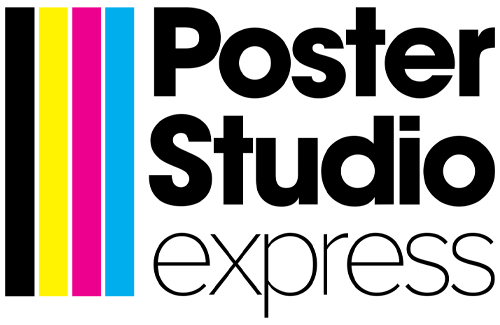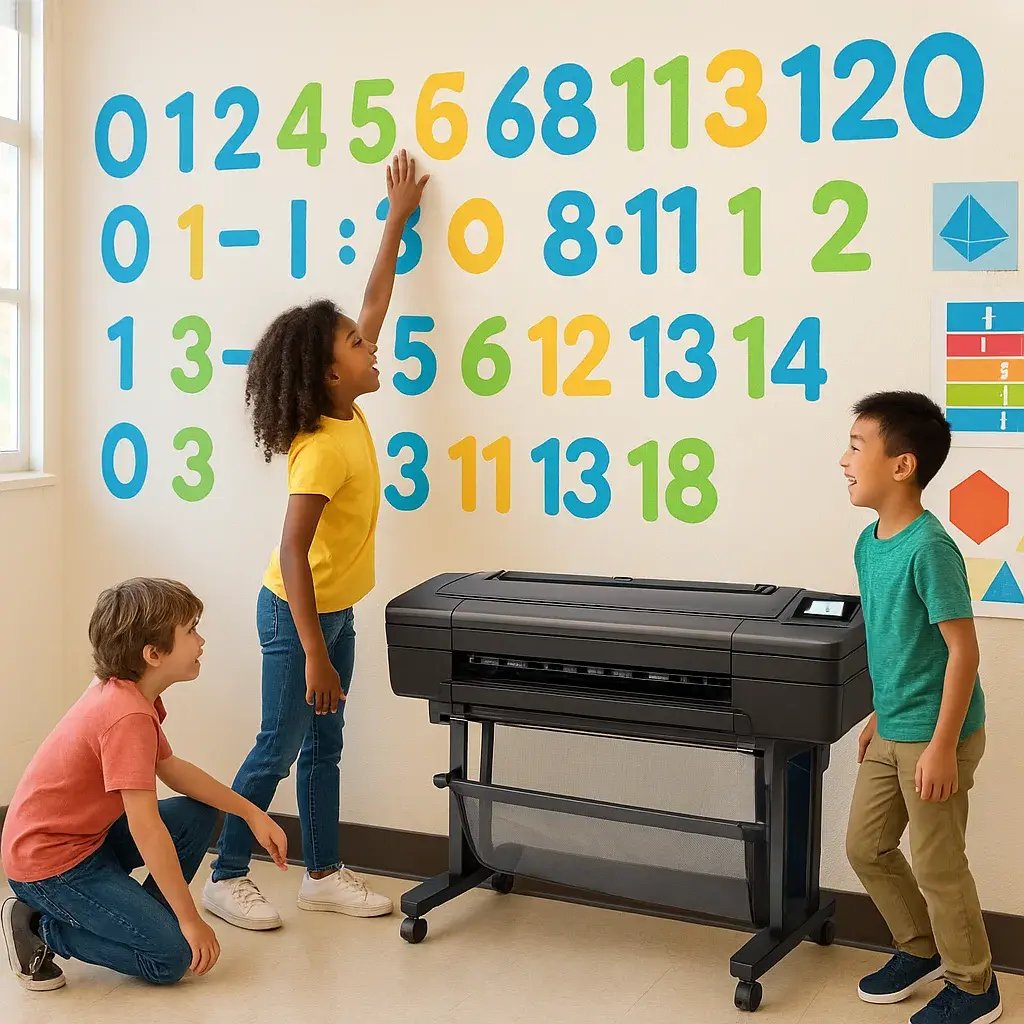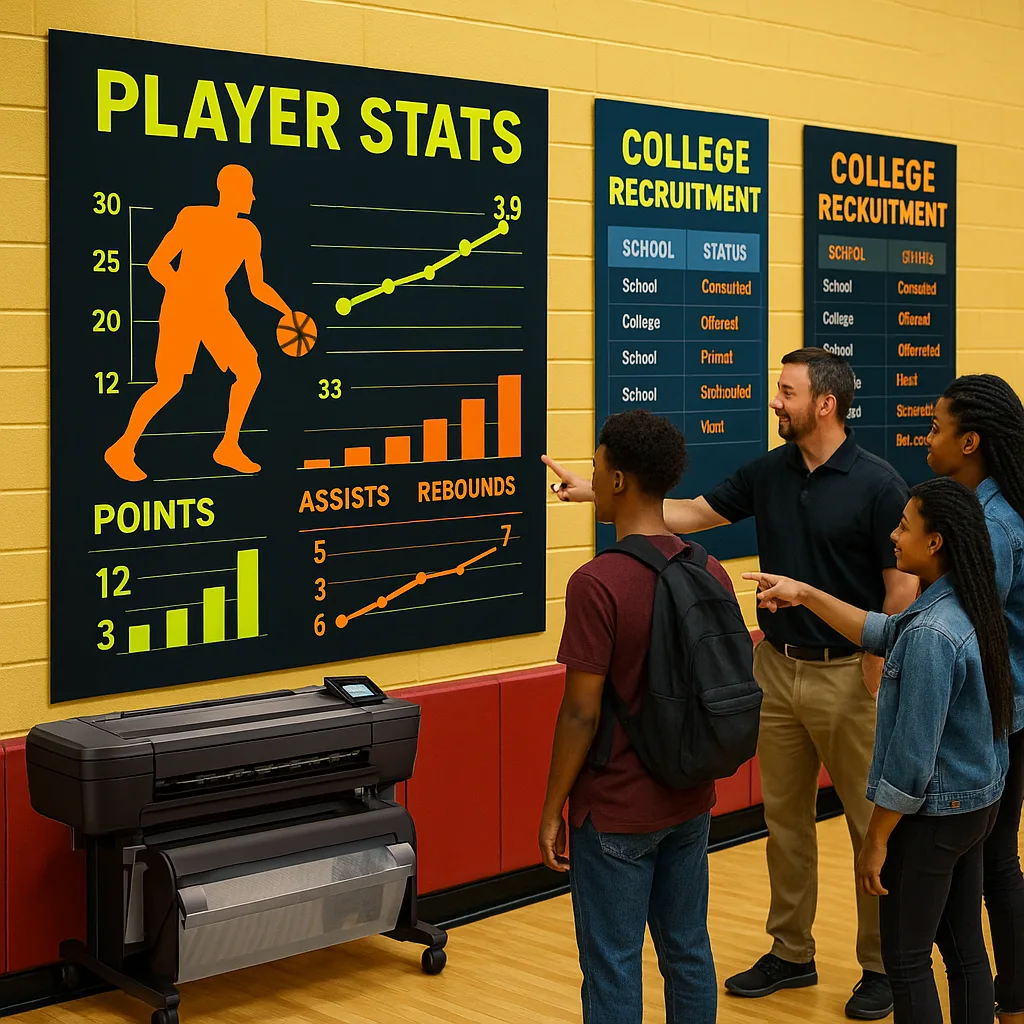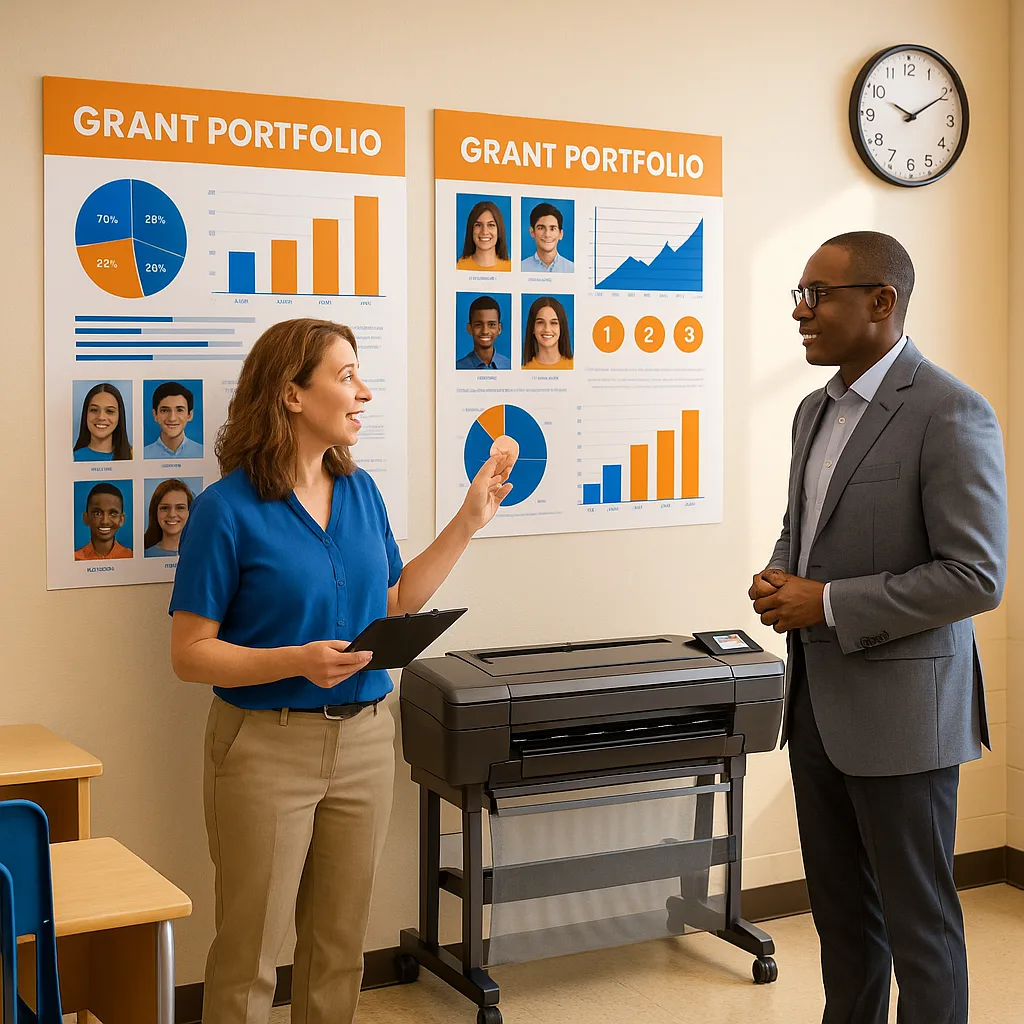
Picture this: Twenty-three fifth graders sit in a circle on my library floor, eyes darting between a colorful feeling wheel poster and their classmate who’s speaking. “I felt frustrated when…” begins Maya, pointing to the orange segment labeled with various shades of anger. What could have been another he-said-she-said playground dispute transforms into a meaningful conversation about boundaries and respect. That’s the magic of visual supports in restorative justice practices—and why I’m convinced every school needs the best poster maker machine restorative justice tools can create.
Why Visual Tools Transform Restorative Conversations
Research from the International Institute for Restorative Practices shows that 89% of students report feeling more heard when visual aids support dialogue circles. Moreover, teachers using visual prompts report 40% fewer repeat conflicts and significantly improved classroom climate scores.
Creating Your Visual Toolkit with the Best Poster Maker Machine Restorative Justice Requires
After eighteen years of facilitating peace circles and mediating playground disputes, I’ve learned that words alone rarely capture the full spectrum of human emotion. Subsequently, visual tools become essential bridges for students who struggle to articulate their feelings or for those learning English as a new language. Here’s what belongs in every restorative justice visual toolkit:
of students express emotions more accurately with visual aids
of teachers report improved circle participation
reduction in repeat conflicts after visual implementation

Essential Visual Components for Circle Success
1. Feeling Wheels and Emotion Charts
The cornerstone of any restorative practice is emotional literacy. Therefore, I create multilayered feeling wheels that move beyond basic happy-sad-mad categories. Using our Education Express 36 Poster Printer, I print 36-inch diameter wheels showing primary emotions in bold colors, with secondary and tertiary feelings branching outward like spokes. For instance, “angry” expands to include frustrated, irritated, furious, and betrayed—each with its own subtle color gradient.
2. Circle Agreement Posters
Every successful circle begins with clear agreements. Rather than reciting rules, I display vibrant posters featuring student-created illustrations of our commitments: one person speaks at a time (depicted by a single microphone), what’s said here stays here (shown as a locked treasure chest), and speak from your own experience (illustrated with “I” statements in speech bubbles). Additionally, these visual reminders keep us grounded when emotions run high.
3. Repair Process Guides
Moving from harm to healing requires clear steps. Consequently, I design flow charts showing the repair journey: acknowledging impact, taking responsibility, making amends, and rebuilding trust. Each stage features culturally relevant imagery—for our diverse population, that might mean incorporating symbols from various traditions that represent healing and reconciliation.
Culturally Responsive Design Strategies
Creating inclusive visual tools requires intentional design choices. First, I survey families about imagery that resonates with their cultural backgrounds. For our Latinx families, I incorporate papel picado patterns in border designs. Similarly, our Southeast Asian students see themselves reflected in lotus flowers symbolizing growth through adversity.
Color psychology varies across cultures too. While Western contexts often associate red with anger or stop signals, many of our Chinese families view red as lucky and celebratory. Therefore, I create multiple versions of emotion wheels, allowing facilitators to choose culturally appropriate options. The Education Flex 30 Poster Printer Cutter Package B enables me to print and cut custom shapes that reflect our community’s diversity—from talking circles to mandala-inspired designs.
Language accessibility remains paramount. Hence, I design bilingual posters with equal visual weight for each language, avoiding the common mistake of making translations appear secondary. Icons and symbols bridge language gaps, ensuring every participant can engage fully regardless of their English proficiency.
Quick Implementation Checklist
- Survey community for cultural symbols
- Create multilingual versions
- Test color meanings across cultures
- Include diverse representation
- Partner with cultural liaisons
- Pilot with focus groups
Practical Applications Across Grade Levels
Early Elementary (K-2)
Young learners respond to concrete visuals. Thus, I create “feeling faces” posters showing photographs of diverse children expressing various emotions. Traffic light systems work beautifully—red for “I need to stop and calm down,” yellow for “I’m getting upset,” and green for “I’m ready to talk.” Furthermore, simple picture cards showing repair actions (saying sorry, giving space, helping fix something) guide reconciliation without requiring advanced verbal skills.
Upper Elementary (3-5)
These students appreciate more nuanced tools. Accordingly, I design “perspective wheels” where students can literally turn a dial to see situations from different viewpoints. Conflict resolution flowcharts use student-friendly language and scenarios they encounter daily. Additionally, “strength cards” highlighting character traits like empathy, courage, and patience help students identify positive qualities in themselves and others during circles.
Middle School (6-8)
Adolescents need sophisticated visual supports that respect their growing maturity. Therefore, I create abstract emotion gradients rather than cartoon faces. Restorative question prompts appear on bookmark-style cards students can hold discreetly. Moreover, digital citizenship scenarios printed as Instagram-style posts help address online conflicts using familiar visual language.
Budget-Friendly Implementation Strategies
Understanding poster maker machine price concerns, I’ve developed cost-effective approaches to building your visual toolkit. First, prioritize core tools: start with one high-quality feeling wheel and basic circle agreements. Subsequently, expand your collection based on specific needs that emerge.
Consider pooling resources with other schools. Since many districts now recognize restorative practices’ value, collaborative purchasing of the best poster maker machine makes financial sense. Furthermore, sharing design files across schools multiplies your investment’s impact while building professional learning communities.
Grant funding specifically supports SEL and restorative justice initiatives. Title IV funding, for example, explicitly covers “activities to support safe and healthy students,” including restorative practices. Similarly, many private foundations prioritize conflict resolution and school climate improvements. Our lifetime design service helps create compelling visuals for grant applications, demonstrating exactly how you’ll use the equipment.
Success Story: Jefferson Elementary’s Transformation
After implementing visual restorative tools, Jefferson Elementary saw office referrals drop by 67% in one semester. Principal Martinez reports: “The visual supports gave our students a common language for emotions and conflict resolution. Even our kindergarteners can now articulate their feelings and work through disagreements independently.”
Measuring Impact and Continuous Improvement
Effective visual tools require ongoing refinement based on student feedback and outcome data. Therefore, I track several metrics to gauge our tools’ effectiveness. Circle participation rates increased from 45% to 87% after introducing visual prompts. Additionally, student surveys reveal that 91% feel more comfortable expressing emotions using our visual aids compared to verbal-only approaches.
Creating feedback loops ensures continuous improvement. Each month, our student leadership team reviews and suggests updates to our visual tools. For instance, they recently recommended adding “frustrated but trying” to our feeling wheel after noticing many students experienced this specific emotion during state testing season. Likewise, teacher input shapes design decisions—several requested portable versions of our circle agreements for outdoor learning spaces.
Documentation proves essential for securing continued support and funding. Using before-and-after photos of student engagement during circles, combined with quantitative data on behavioral incidents, creates compelling evidence for administrators and school boards. Furthermore, sharing success stories through video demonstrations helps other educators visualize implementation possibilities.
Ready to Transform Your Restorative Practice?
Creating powerful visual tools for restorative justice doesn’t require an enormous budget or artistic expertise. Subsequently, with the right equipment and support, any educator can develop culturally responsive materials that facilitate healing conversations and build stronger school communities.
Our team stands ready to help you select the perfect poster maker for your restorative justice program. Moreover, with our 5-year warranty and lifetime design support, you’ll have everything needed to create lasting positive change in your school community.







